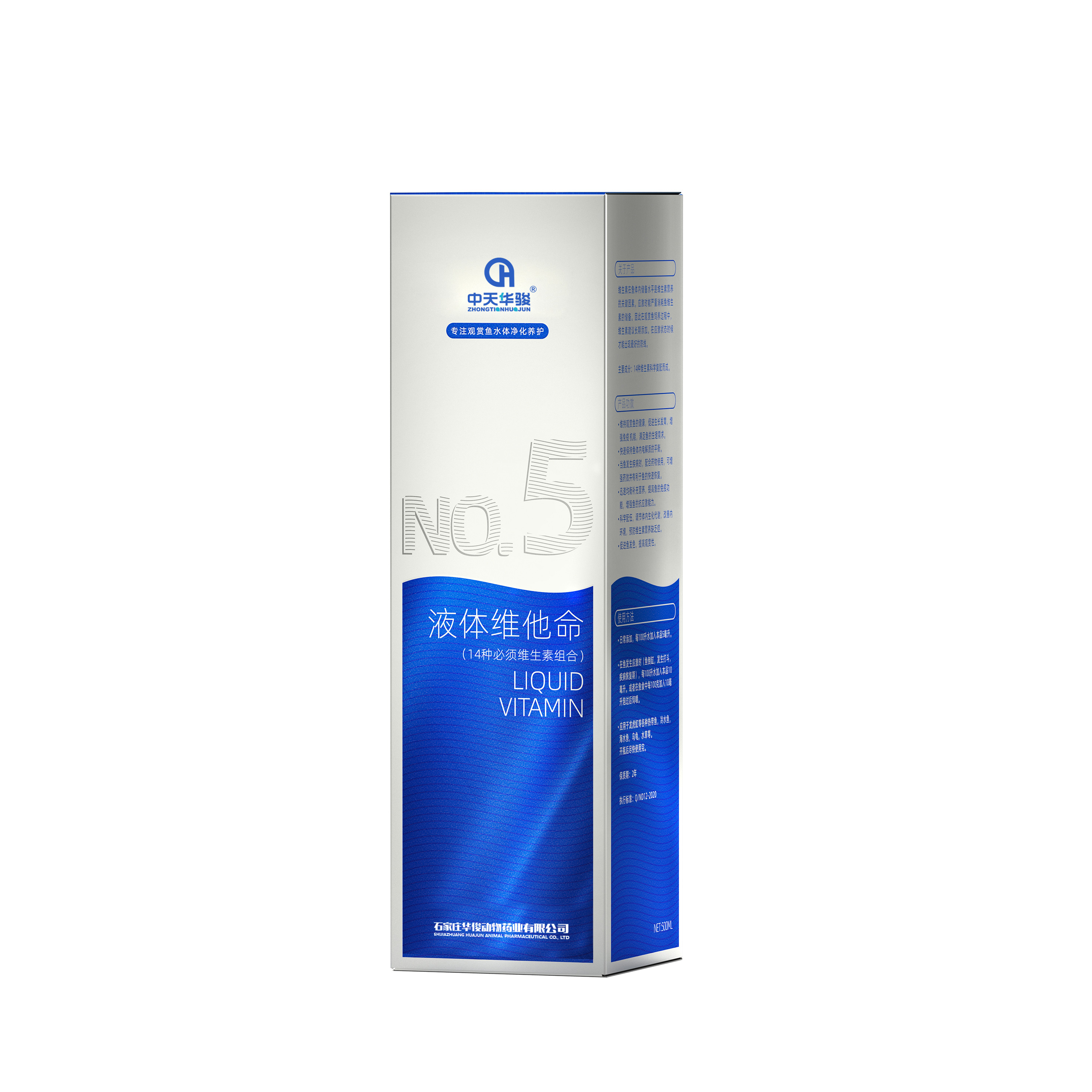
Dec . 20, 2024 04:55 Back to list
china tiamulin and tylosin
Tiamulin and Tylosin A Comparative Analysis of Two Important Antibiotics in Veterinary Medicine
In the realm of veterinary medicine, the utilization of antibiotics is critical for maintaining animal health and preventing the spread of infectious diseases. Two prominent antibiotics used in the treatment of bacterial infections in livestock are Tiamulin and Tylosin. These medications have been employed for decades, not only for their therapeutic effects but also for their ability to enhance growth performance in animals. This article aims to provide an overview of Tiamulin and Tylosin, focusing on their pharmacological properties, applications, and implications for livestock management, particularly in China where their use is significant.
Pharmacological Properties
Tiamulin, a semisynthetic derivative of pleuromutilin, exhibits broad-spectrum activity against various Gram-positive and some Gram-negative bacteria, as well as mycoplasmas. It works by inhibiting protein synthesis, specifically targeting the 50S ribosomal subunit of bacteria. This mechanism is particularly effective in treating respiratory infections caused by pathogens such as Mycoplasma hyopneumoniae in pigs.
On the other hand, Tylosin, which belongs to the macrolide class of antibiotics, also targets bacterial protein synthesis by binding to the 50S ribosomal subunit. Tylosin is effective against a range of Gram-positive bacteria and certain Gram-negative bacteria. Its application is widespread in poultry, swine, and cattle, where it is used to treat and prevent respiratory and enteric infections.
Applications in Livestock
In China, Tiamulin and Tylosin are extensively used in pig farming. Tiamulin is mainly employed for the treatment of pleuropneumonia and is effective against Actinobacillus pleuropneumonia, a major pathogen in porcine respiratory disease. Pigs suffering from mycoplasmal pneumonia are also treated successfully with Tiamulin, marking its importance in maintaining herd health.
china tiamulin and tylosin

Tylosin, on the other hand, is widely used for both therapeutic and growth-promoting purposes. It plays a crucial role in controlling swine dysentery caused by Brachyspira hyodysenteriae and is also effective in reducing the incidence of enteritis in poultry. The use of Tylosin has been associated with improved feed conversion ratios and enhanced weight gain, making it a preferred choice among livestock producers.
Regulatory Considerations and Concerns
The use of antibiotics in livestock has raised concerns regarding antibiotic resistance, which poses a significant threat to both animal and human health. The increasing prevalence of bacteria resistant to commonly used antibiotics has led to stringent regulatory measures in many countries, including China. In response to these concerns, the Chinese government has implemented policies aimed at reducing antibiotic usage in agricultural practices, promoting the responsible and judicious use of these medications.
As Tiamulin and Tylosin are critical components in disease management strategies, it is essential for veterinarians and producers to adhere to guidelines that ensure they are used appropriately. This includes following recommended dosages and treatment durations, as well as integrating alternative management practices, such as vaccination and improved biosecurity measures, to enhance livestock health and productivity.
Conclusion
Tiamulin and Tylosin play vital roles in veterinary medicine, particularly in the management of respiratory and enteric diseases in livestock. Their effectiveness in promoting animal health and growth performance cannot be overstated, especially in large-scale farming operations in China. However, the concerns surrounding antibiotic resistance necessitate a careful approach to their use. As the industry evolves, the focus must shift towards sustainable practices that safeguard both animal welfare and public health. By balancing the benefits of these antibiotics with the potential risks, we can ensure a healthier future for livestock farming and the communities that rely on it.
-
Premium Honeysuckle Products - Leading Honeysuckle Manufacturer & Supplier Factory
NewsJun.10,2025
-
Pulmonary Edema Solutions from Leading Manufacturer & Supplier Reliable Factory Price
NewsJun.10,2025
-
Red Eyes - Leading Red Eyes Manufacturer & Supplier, Premium Quality Factory Price
NewsJun.10,2025
-
Broiler Ascites Syndrome Solutions Top Manufacturers
NewsJun.10,2025
-
Premium Amoxicillin Suppliers Reliable Biomox Mexican Factories
NewsJun.10,2025
-
Top Brewing Cell Wall Solutions Optimized Efficiency
NewsJun.09,2025




